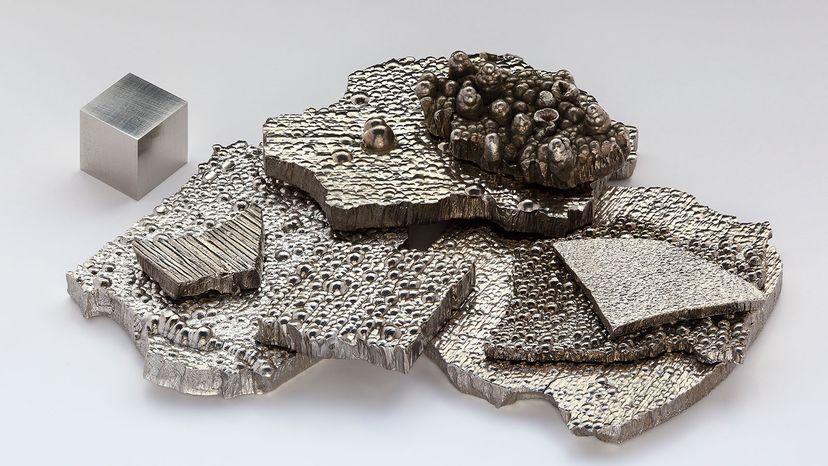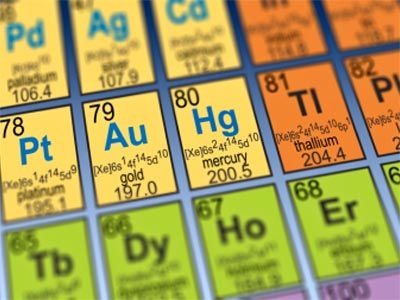The rechargeable lithium ion batteries in your smartphone, tablet and electric vehicle run, at least in part, on cobalt. Cobalt is one of the key ingredients, along with other metals like lithium, nickel and manganese, inside these fast-charging, long-lasting batteries that power our digital lives. About 50 percent of the cobalt produced worldwide is used for rechargeable batteries.
Cobalt is found in the cathode (the positively charged electrode) of lithium ion batteries. When a lithium ion battery is charged, lithium ions flow from the cathode to the negatively charged anode, where they're stored. When the battery is discharged, the ions flow back to the cathode and electrons are released to power the phone or electric motor.
Cobalt has two innate properties that make it ideal for battery applications: thermal stability and high energy density. Cathodes made with cobalt won't overheat easily or catch fire, which is a major safety issue, and they'll also be able to store and transfer more energy. Cobalt is not only found in the cathodes of lithium ion batteries, but also in other popular rechargeable batteries like nickel-cadmium and nickel-metal hydride batteries.
Since cobalt currently makes up between 10 and 33 percent of rechargeable cathodes, the automobile industry is going to need a lot more cobalt to power the future of electric vehicles. One analysis predicts the cobalt demand from passenger vehicles alone to quadruple from more than 27,500 tons (25,000 metric tons) in 2020 to over 110,231 tons (100,000 metric tons) by 2025.



